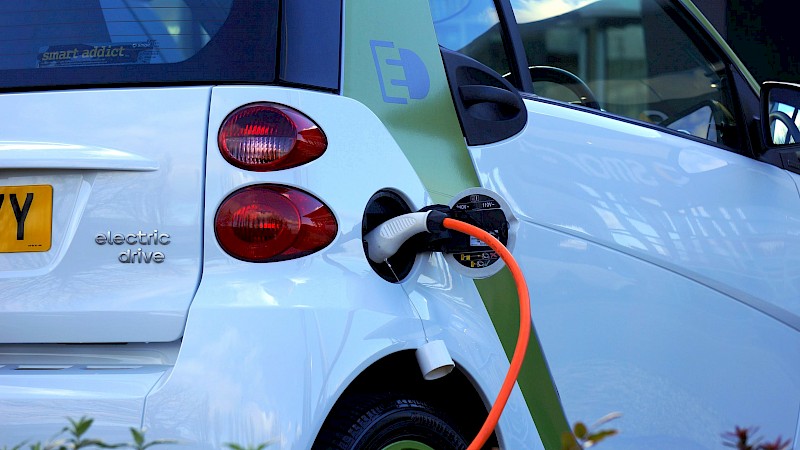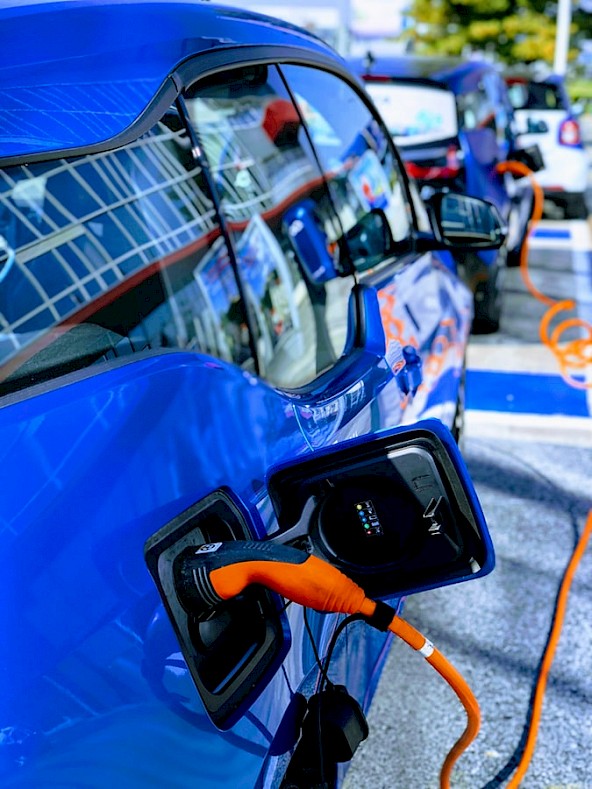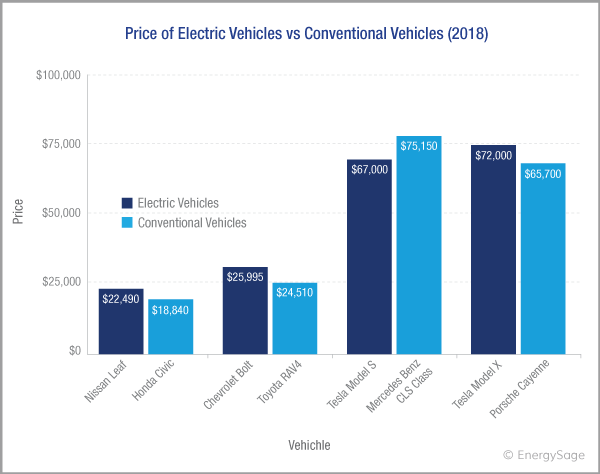Franklin Energy’s Product Division, AM Conservation, Agrees to Acquire Energy Federation, Inc.
The Energy and Cost Saving Benefits of Electric Vehicles
 Energy Federation Incorporation
Energy Federation Incorporation
In the past decade, plugin and hybrid electric vehicles have been exploding in popularity among American motorists. Electric vehicles (also known as EVs) use a lithium-ion battery similar to the one used in your cell phone to power their engines and propel the vehicle forward. This differs from conventional vehicles that use gasoline to power their engines. They are a fun and practical way to reduce emissions while offering energy and cost-saving benefits. But do electric vehicles really have an advantage over conventional cars in the long run?

Energy Savings
Unlike conventional vehicles, EVs produce zero climate change-causing emissions such as carbon dioxide and other greenhouse gases through direct use. All cars do however produce substantial “life cycle” emissions which include all emissions related to fuel and vehicle production. For example, gasoline-powered vehicles produce emissions when petroleum is extracted from the ground and refined into gasoline, when it is transported to fueling stations, and when it is burned during use.
The life cycle emissions of EVs depend on the way materials are sourced, the vehicles’ manufacturing process, and the sources of electricity used to charge the battery. Although emissions for electricity production are generally lower than burning gasoline or diesel, areas that rely on fossil fuels for electricity generation may not see a strong life cycle emissions benefit over conventional vehicles.

Concerns have also been raised over the “rare earth metals” such as nickel and cobalt used in the production of lithium-ion batteries. As EVs and other plugin electric consumer products rise in popularity, the global demand for cobalt has tripled in the past five years and is expected to double again by 2020. The sourcing of cobalt has been the subject of criticism, as much of the global supply chain comes from countries with poor human rights records and unsafe mining practices.
However, cobalt is 100% recyclable, meaning existing supplies can be reused practically indefinitely. Additionally, many companies such as Apple and Samsung have pledged to reduce their reliance on mining and create products from renewable resources. Electric vehicle manufacturer, Tesla, has pledged to source all battery production materials from North America. Battery technology also continues to improve and many next-generation battery types such as lithium-ion-phosphate do not rely on cobalt at all.

Cost Savings
The initial purchase price for electric vehicles is higher than that of a conventional car. This is likely to change as demand and production volume increases as well as improvements in battery technology continue to mature. The high cost of entry for EVs can be offset by many other cost-saving benefits provided over the course of a car’s lifetime. The average cost of having an electric vehicle in the US is about $485 per year while maintaining conventional vehicles can cost $1,117 or more a year. Learn more about the cost differences in this great article from Energy Sage.

Because battery-powered electric motors have fewer moving parts than a conventional engine, they are cheaper to maintain. They also offer better fuel economy and deliver a better cost per mile than conventional vehicles. The cost of electricity is lower than the cost of gasoline in most states and the fuel prices remain more stable. Costs and savings will vary based on geographic location and driving habits. Motorists who ride a high number of miles per day will save the most money. Many state and municipal governments have also started offering benefits to purchasers of EVs in the form of rebates, tax credits, energy bill reductions, and other incentives.
Electric vehicles are far from perfect but they still offer a clear advantage over conventional vehicles in the long run. They can help reduce emissions, improve air quality, and create a cleaner environment. All while saving money on fuel and maintenance. Continuing improvements in battery technology, sourcing practices, and electricity production make electric vehicles the clear path forward for the future.
Subscribe
Resources
Latest Updates
Customer Testimonials
Lets Talk!
Reach your customers & Exceed your goals
Contact EFI